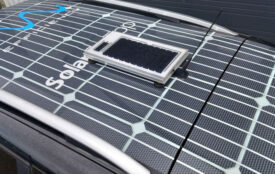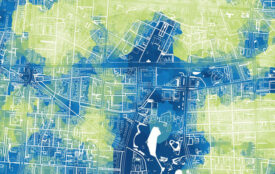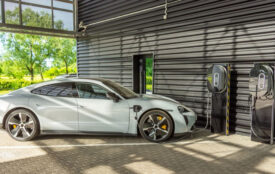Eco-driving measures could significantly reduce vehicle emissions
New research shows automatically controlling vehicle speeds to mitigate traffic at intersections can cut carbon emissions between 11 and 22 percent.
Any motorist who has ever waited through multiple cycles for a traffic light to turn green knows how annoying signalized intersections can be. But sitting at intersections isn’t just a drag on drivers’ patience — unproductive vehicle idling could contribute as much as 15 percent of the carbon dioxide emissions from U.S. land transportation.
A large-scale modeling study led by MIT researchers reveals that eco-driving measures, which can involve dynamically adjusting vehicle speeds to reduce stopping and excessive acceleration, could significantly reduce those CO2 emissions.
Using a powerful artificial intelligence method called deep reinforcement learning, the researchers conducted an in-depth impact assessment of the factors affecting vehicle emissions in three major U.S. cities.
Their analysis indicates that fully adopting eco-driving measures could cut annual city-wide intersection carbon emissions by 11 to 22 percent, without slowing traffic throughput or affecting vehicle and traffic safety.
Even if only 10 percent of vehicles on the road employ eco-driving, it would result in 25 to 50 percent of the total reduction in CO2 emissions, the researchers found.
In addition, dynamically optimizing speed limits at about 20 percent of intersections provides 70 percent of the total emission benefits. This indicates that eco-driving measures could be implemented gradually while still having measurable, positive impacts on mitigating climate change and improving public health.








